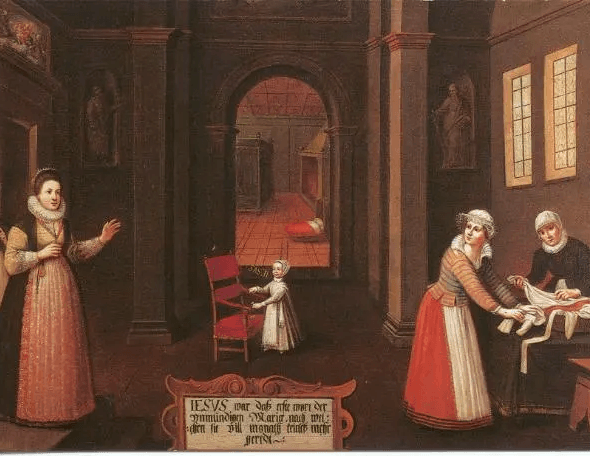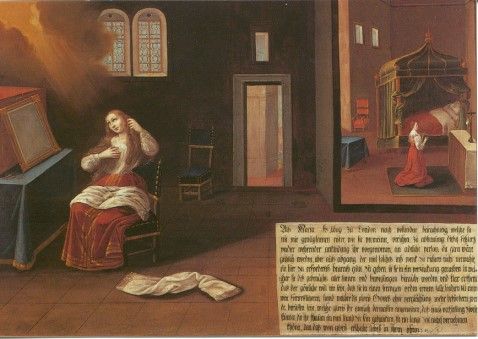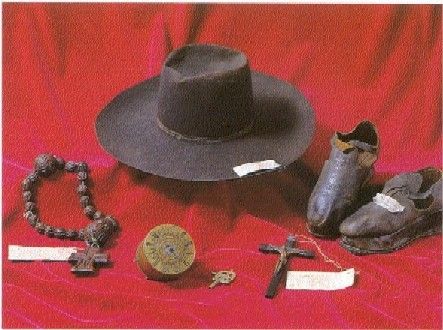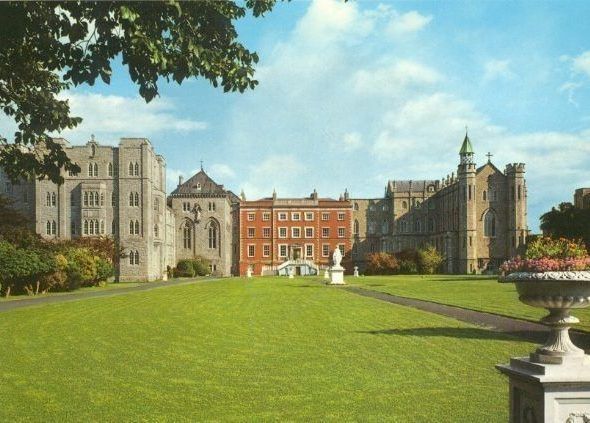Our History
“Seek first the Kingdom of God and his justice, and all things else shall be added unto you.”
Frances Teresa Ball
Headteacher of the first Loreto School in Rathfarnham
1585
Mary Ward’s birth at Mulwith, Yorkshire
Mary was born into a rich, influential, Catholic family at a time of civil unrest in England.

1600s
1600s
1606
Despite much opposition from her family and several suitors for marriage, Mary feels called to religious life and enters the Poor Clare Convent at St Omer in Flanders.
1609
The Glory Vision
While combing her hair in front of a mirror, Mary had a realisation that “something other was determined for me.”
Mary returns to St Omer with seven companions and begins the work of the Institute. She opens a boarding school for English girls and a day school for the town’s children.
Read More
1615
The Vision of the Just Soul
Mary embraces Ignatian spirituality and sees the essential qualities which are the foundation for those called to the way of life she envisaged:
Sincerity, Truth, Joy, Justice and Freedom.
1621
Mary Ward walks to Rome to ask the Pope for approval of her Institute.
Mary is a pioneer in her request for a religious order which is not enclosed, whose members elect their leaders, and who wear the ordinary dress of the day; so, by now, she also has many enemies, both within and outside the Church.

1631
Pope Urban VIII signs a Bull of Suppression of the Institute, and Mary is imprisoned in Munich.
When she is released, she returns to Rome.
Read More1639
Mary moves to England. The Civil War begins and she moves to Yorkshire.
1645
On the 30th January, Mary Ward dies and is buried in an Anglican churchyard in Osbaldwick, York, with the epitaph:
To love the poor, persevere in the same, live, die and rise with them, was all the aim of Mary Ward, who, having lived 60 years and 8 days, died the 30th of January, 1645.

1700s
1700s
1764
Frances Teresa Ball was born in Dublin to a wealthy Catholic family at a time when Catholicism was still suppressed in Ireland.
1800s
1800s
1800
Frances travels to York, England, to be educated by the Sisters of the Institute of the Blessed Virgin Mary.
This is at a time when Mary Ward is still not acknowledged as the Foundress.

1808
She returns to Dublin and, with her striking presence and personality, is much sought after by eligible young men.
1810
At her debutante ball, in the midst of music and wine and swirling dancers, Frances realises that she does not belong in the ballroom or in the life it represents. God is calling her to dedicate her life to his service as a nun. The idea takes complete possession of her. No other course is possible.
1814
With the support of Archbishop Murray of Dublin, who hopes that she will set up an IBVM school and community there, Frances returns to York to enter the Bar Convent, where she takes the religious name of Teresa.
1821
Teresa returns to Dublin to start her work of setting up the Irish Branch of the Institute.
She founded a school in Rathfarnham, Dublin, which she calls Loreto, after the shrine in Italy where Mary Ward used to pray.
Read More
1823
A school for poor children is established in Rathfarnham. Like Mary Ward, Teresa Ball is concerned for the education of all children, whether rich or poor.
New companions join Teresa and soon the numbers of Loreto Sisters grow, despite many of them dying from ‘consumption’ at a young age. The sisters suffer great losses in these early years and yet carry on the mission with extraordinary courage.
1833
By now there are 80 Sisters living in Rathfarnham. Teresa receives a request to open a Loreto School and community in Navan. This is the second foundation made in Ireland. Others follow in the next few years.
1841
Teresa receives a request to open a Loreto school and community in Calcutta, India. This is the first of many requests from other countries to which she responds. Between 1841 and 1851, Loreto foundations are made in Mauritius, Gibraltar, Canada and Spain